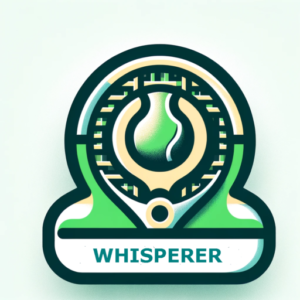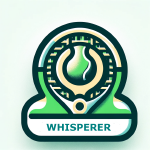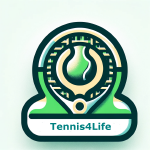No Singular Pathway: Player Development Needs Rethinking
No Singular Pathway: Player Development Needs Rethinking
This year’s Wimbledon singles final between Jannik Sinner and Carlos Alcaraz showcased two of the game’s brightest players, each reaching the pinnacle through completely different development paths.
Their journeys illustrate an essential truth about tennis development: There is no singular pathway to the top.
Two Roads to Centre Court
Jannik Sinner – The Challenger Route
At just 13, Sinner left behind a promising skiing career to pursue tennis full-time with Riccardo Piatti. Unlike most juniors, he skipped the traditional pathway of ITF junior tournaments and moved straight into the Challenger circuit as a teenager. Facing experienced professional players early taught him resilience and forced him to adapt tactically under real match pressure. His game is built on efficient, linear hitting mechanics with exceptional balance and stability – foundations that allow him to take time away from opponents while maintaining control. In many ways, Sinner is very much an improved version of Djokovic, combining similar movement efficiency and defensive skills with even greater baseline firepower.
Carlos Alcaraz – The Integrated Junior-ATP Route
Carlos Alcaraz followed a more traditional yet equally demanding route. Under Juan Carlos Ferrero’s guidance, he dominated junior ITF events while gradually integrating Futures and Challenger tournaments into his schedule. His development prioritised explosive athleticism, heavy topspin aggression, and tactical versatility. Similarly, Alcaraz can be seen as an improved version of Ferrero, combining his mentor’s aggressive baseline style with superior volleys and a true all-court game. His style reflects the multidimensional demands of modern and future tennis, allowing him to defend like Nadal, attack like Federer, and seamlessly transition to net within the same point.
What Both Journeys Teach Us
Despite their different routes, Sinner and Alcaraz demonstrate the same core qualities required for success at the highest level:
-
Resilience under adversity: Both players have proven they can endure physical and mental challenges without losing focus or confidence.
-
Technical excellence built on balance and efficiency: Their strokes are not only powerful but mechanically sound and energy-efficient, enabling them to handle the intense demands of elite tennis.
-
A mindset centred on continuous improvement: Each player is deeply committed to analysing their game, refining their skills, and seeking even the smallest gains to keep evolving.
Comparing Today’s Game with Future Forecast
To coach players effectively for long-term success, it is crucial to understand how today’s game differs from what the sport will demand in the next decade.
| Aspect | Today’s Game | Future Game |
|---|---|---|
| Physicality | Fast, explosive, with high endurance | Even greater multi-directional explosiveness, micro-recovery between points, and longer points at higher speeds |
| Strokes | Aggressive topspin with linear hitting; backhand down-the-line as a key weapon | Earlier contact to take time away, with seamless integration of slice, drop shots, and swing volleys |
| Serve | Precision-based first serves, reliable kick second serves | Hybrid serves with greater disguise and higher ace conversion without relying solely on speed |
| Return | Compact, efficient swings for depth and placement | Returns taken earlier, often from inside the baseline, with immediate transition to attack |
| Net Play | Primarily a finishing tool after baseline dominance | A routine tactical base, with players comfortable attacking behind aggressive returns and mid-court balls |
| Movement & Footwork | Strong split steps, crossover recovery, balanced lateral and linear movement | Faster deceleration-reacceleration, micro-adjustments under high speed, and low-gravity slides even on hard courts |
| Psychological Demands | Resilience under pressure, confidence built through routines | Stronger mental elasticity, the ability to reset focus mid-point, with cognitive training embedded in coaching |
| Training Methods | High-intensity drills, periodised conditioning, match-specific simulations | Integrated VO2 max development, neuromuscular efficiency, cognitive agility, and virtual-reality tactical training |
Final Whisper
There is no single path to success in tennis. Some players will thrive through national tournaments. Others will progress by challenging themselves against stronger, older players without focusing on rankings.
But one mindset remains essential: Coaching must prepare them for the game that doesn’t exist yet.
This year, Sinner’s Challenger journey and Alcaraz’s integrated junior-ATP pathway led them to the same destination – Centre Court at Wimbledon.
For your players, the destination might be different, but the principle remains the same: When your coaching builds skills for the future game, your won’t just be ready – you’ll be ahead of the game.
For the Average Player: Focus Where It Counts
If you’re an average player, read this with your own development in mind. Many of these skills don’t need to be perfected – applying the 80/20 principle means focusing on the few key areas that will give you the greatest results with the least wasted effort.
Knowledge is power. Understanding where to direct your focus can make a real difference in your progress – not just in your tennis, but also in the confidence and life skills you build along the way.



